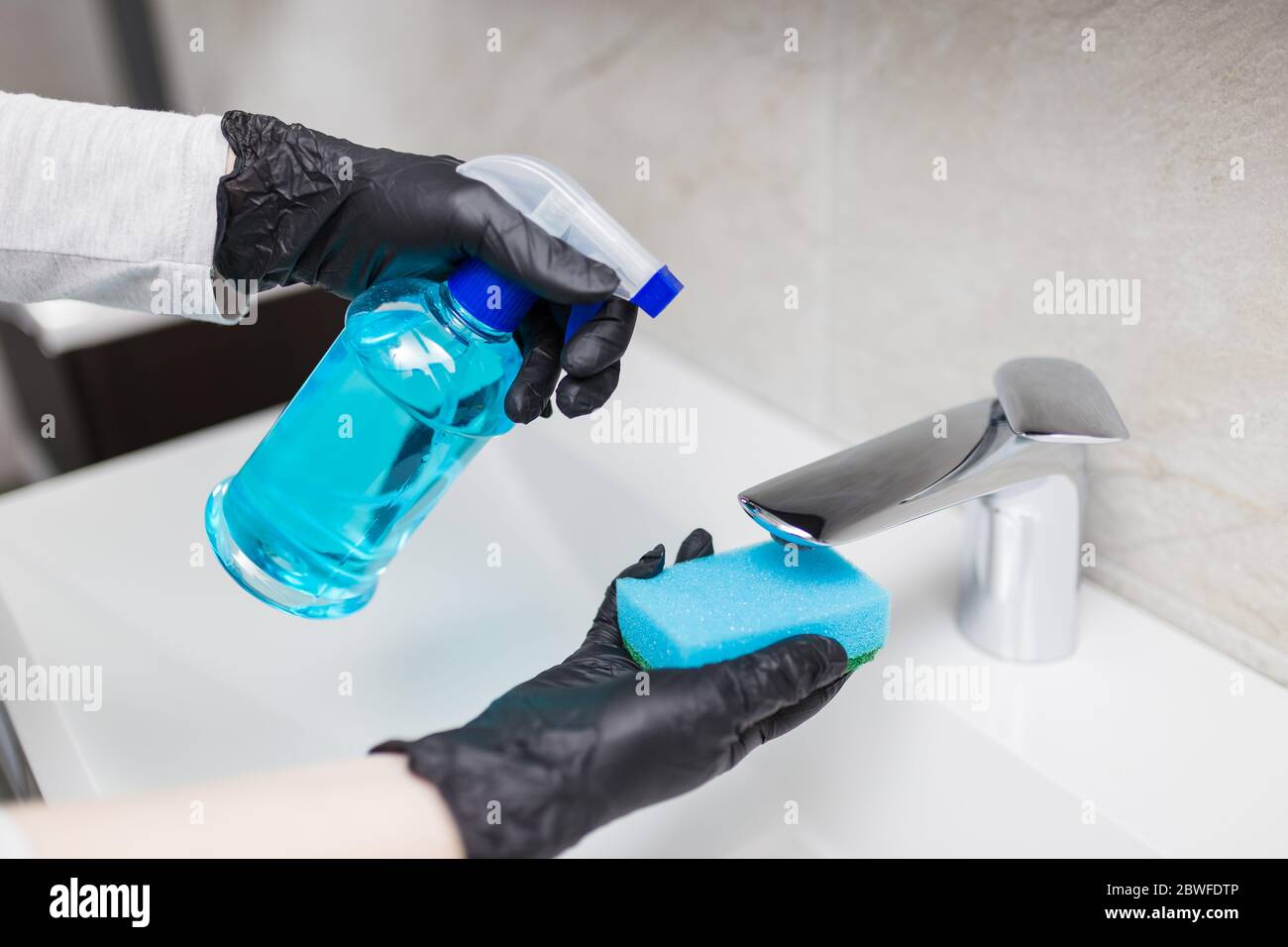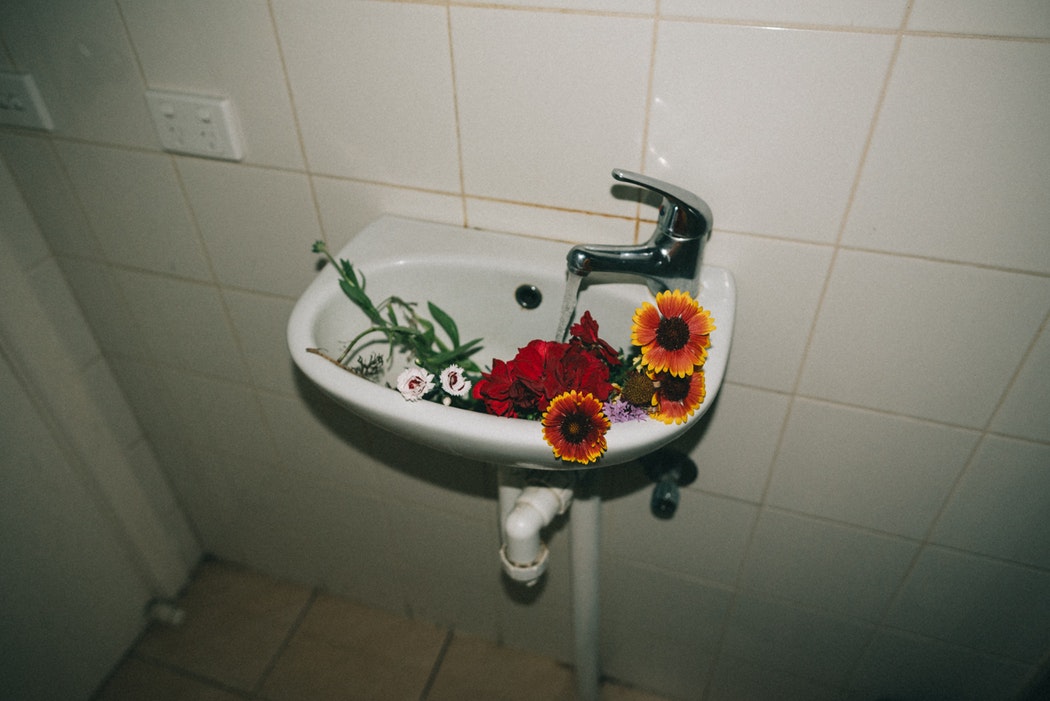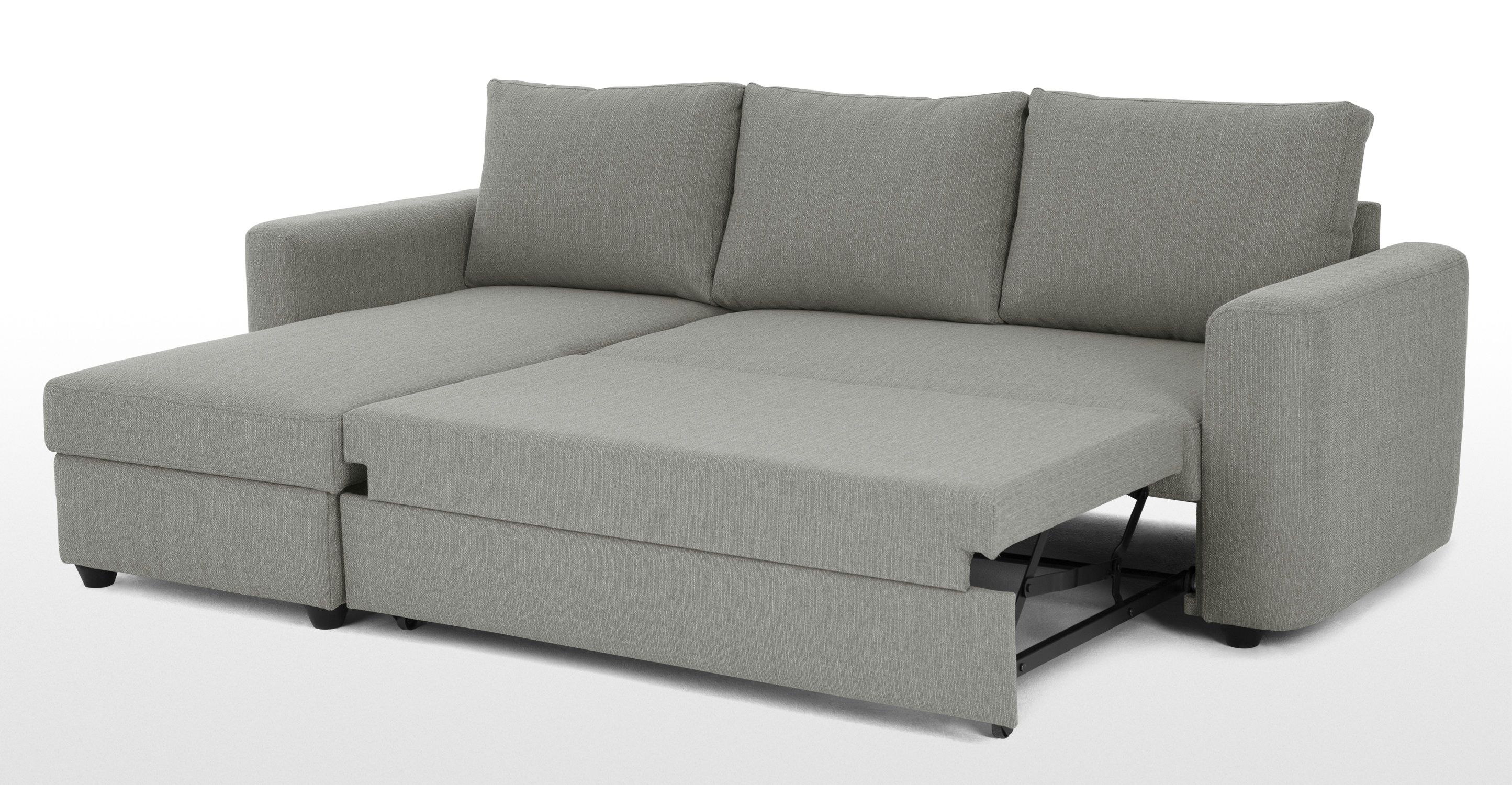Black Slime in Bathroom Sink: How to Remove It
If you've noticed a strange black slimy substance in your bathroom sink, faucet, or toilet, you're not alone. This unsightly and often smelly problem is a common issue for many homeowners. But don't worry, there are ways to effectively remove and prevent black slime in your bathroom. In this article, we'll discuss the causes of black slime and provide you with tips and tricks on how to get rid of it for good.
How to Clean Black Slime from Bathroom Sink, Faucet, and Toilet
Before we dive into the cleaning methods, it's important to understand what black slime actually is. This slimy substance is a buildup of bacteria, mold, and mildew that thrive in moist environments such as your bathroom. The good news is that it can be easily removed with the right cleaning techniques.
1. Use a Vinegar Solution
Vinegar is known for its powerful cleaning properties and is a natural alternative to harsh chemical cleaners. To create a vinegar solution, mix equal parts water and white vinegar in a spray bottle. Spray the solution onto the affected areas and let it sit for 10-15 minutes. Then, scrub the area with a sponge or brush and rinse with water.
2. Try Baking Soda and Lemon Juice
Baking soda and lemon juice are also effective in removing black slime. Mix equal parts of both ingredients to create a paste and apply it to the affected areas. Let it sit for 15 minutes and then scrub the area with a brush or sponge. Rinse with water and repeat if necessary.
3. Use a Commercial Cleaner
If the DIY methods don't work, you can also try a commercial cleaner specifically designed to remove black slime. Be sure to follow the instructions on the label and use protective gear such as gloves and a mask.
How to Get Rid of Black Slime in Bathroom Sink, Faucet, and Toilet
Now that you know how to clean black slime, let's discuss how to get rid of it for good.
1. Keep the Area Dry
As mentioned earlier, black slime thrives in moist environments. To prevent it from coming back, make sure to keep your bathroom sink, faucet, and toilet as dry as possible. Wipe down the surfaces after each use and fix any leaks as soon as possible.
2. Regularly Clean and Disinfect
Regular cleaning and disinfecting of your bathroom can also help prevent black slime from forming. Use a disinfectant cleaner to kill any bacteria and mold that may be present.
3. Use a Drain Cleaner
If the black slime is forming in your sink drain, a drain cleaner can help remove any buildup that may be contributing to the problem. Make sure to use a drain cleaner that is safe for your plumbing and follow the instructions carefully.
Black Slime in Bathroom Sink and Toilet: Causes and Solutions
Now that you know how to remove and prevent black slime in your bathroom, let's take a closer look at the causes of this issue.
1. Moisture and Humidity
As mentioned earlier, black slime thrives in moist environments. If your bathroom has poor ventilation or is constantly exposed to moisture, it's more likely to develop black slime. Make sure to properly ventilate your bathroom and fix any water leaks.
2. Product Buildup
Soap scum, toothpaste residue, and other bathroom products can also contribute to the formation of black slime. Make sure to regularly clean and wipe down your bathroom surfaces to prevent buildup.
How to Prevent Black Slime in Bathroom Sink, Faucet, and Toilet
Prevention is key when it comes to black slime in your bathroom. Here are some tips to help you keep it at bay.
1. Regularly Clean and Disinfect
As mentioned earlier, regular cleaning and disinfecting can help prevent black slime from forming. Make sure to wipe down surfaces and clean your bathroom at least once a week.
2. Keep the Area Dry
It's important to keep your bathroom as dry as possible to prevent the growth of black slime. Wipe down surfaces after each use and fix any leaks as soon as possible.
3. Use a Drain Cleaner
If you notice black slime forming in your sink drain, using a drain cleaner can help prevent buildup and keep your drain clear.
DIY Black Slime Remover for Bathroom Sink, Faucet, and Toilet
If you prefer to use natural and homemade cleaners, here's a simple DIY black slime remover that you can make at home.
Ingredients:
- 1 cup of baking soda
- 1 cup of white vinegar
- 1 cup of hot water
Instructions:
1. Mix the baking soda and vinegar in a small bowl.
2. Slowly add the hot water and stir until a paste forms.
3. Apply the paste to the affected areas and let it sit for 15 minutes.
4. Scrub the area with a brush or sponge and rinse with water.
5. Repeat if necessary.
Best Products to Remove Black Slime from Bathroom Sink, Faucet, and Toilet
If you prefer to use commercial cleaners, here are some of the best products to remove black slime from your bathroom.
- Lysol Power Toilet Bowl Cleaner
This powerful cleaner not only removes black slime but also kills 99.9% of bacteria and viruses.
- CLR Mold & Mildew Stain Remover
This cleaner is specifically designed to remove mold and mildew stains, making it an effective solution for black slime in your bathroom.
- Clorox Clean-Up All Purpose Cleaner
This all-purpose cleaner is tough on black slime and other bathroom grime, leaving your surfaces sparkling clean.
How to Clean and Disinfect Bathroom Sink, Faucet, and Toilet to Prevent Black Slime
Proper cleaning and disinfecting of your bathroom is crucial to prevent the formation of black slime. Here's a step-by-step guide on how to effectively clean and disinfect your bathroom sink, faucet, and toilet.
1. Gather Your Supplies
- Disinfectant cleaner
- Baking soda
- White vinegar
- Hot water
- Sponge or brush
- Microfiber cloth
- Gloves and mask (optional)
2. Remove Any Visible Debris
Use a sponge or brush to remove any debris or buildup from the surfaces of your bathroom sink, faucet, and toilet.
3. Clean with a Disinfectant Cleaner
Spray a disinfectant cleaner onto the surfaces and let it sit for a few minutes. Then, use a sponge or brush to scrub the area and rinse with water.
4. Use a Baking Soda and Vinegar Solution
If there are still visible stains or buildup, mix equal parts baking soda and vinegar to create a paste. Apply the paste to the affected areas and let it sit for 10-15 minutes. Then, scrub with a sponge or brush and rinse with water.
5. Wipe Down with a Microfiber Cloth
Once the surfaces are clean, use a microfiber cloth to wipe down and dry the areas. This will help prevent any moisture buildup and keep your bathroom clean and dry.
Black Slime in Bathroom Sink, Faucet, and Toilet: Common Myths and Facts
There are many myths and misconceptions surrounding black slime in bathrooms. Let's debunk some of the most common ones.
Myth: Bleach is the best solution for removing black slime.
Fact: While bleach can effectively kill bacteria and mold, it is not the best solution for removing black slime. Bleach is also a harsh chemical and can cause damage to your bathroom surfaces.
Myth: Black slime only grows in dirty bathrooms.
Fact: Even the cleanest bathrooms can develop black slime due to moisture and humidity. Regular cleaning and maintenance can help prevent its growth.
Professional Tips for Removing Black Slime from Bathroom Sink, Faucet, and Toilet
If you're still struggling to remove black slime from your bathroom, here are some tips from professionals.
- Use a steam cleaner.
Steam cleaners are effective in removing black slime and other grime from bathroom surfaces. They also use high temperatures to kill bacteria and mold.
- Hire a professional cleaning service.
If DIY methods aren't working, consider hiring a professional cleaning service that specializes in removing black slime. They have the tools and expertise to effectively remove it from your bathroom.
The Battle Against Black Slime in Your Bathroom

Understanding the Problem
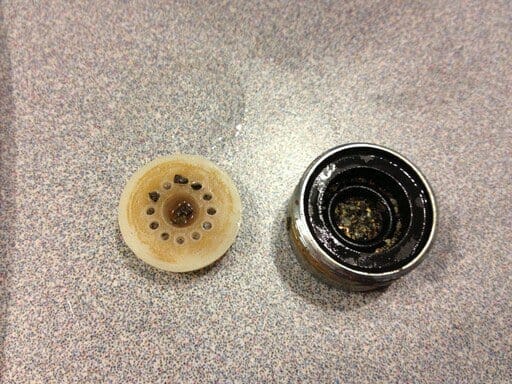 If you have ever noticed a slimy black substance in your bathroom sink faucet or toilet, you are not alone. This common household problem is known as black slime, and it can be a nuisance to deal with. Not only is it unsightly, but it can also cause unpleasant odors and potentially lead to health issues. In this article, we will discuss the causes of black slime in your bathroom and the best ways to get rid of it for good.
If you have ever noticed a slimy black substance in your bathroom sink faucet or toilet, you are not alone. This common household problem is known as black slime, and it can be a nuisance to deal with. Not only is it unsightly, but it can also cause unpleasant odors and potentially lead to health issues. In this article, we will discuss the causes of black slime in your bathroom and the best ways to get rid of it for good.
The Culprit: Biofilm
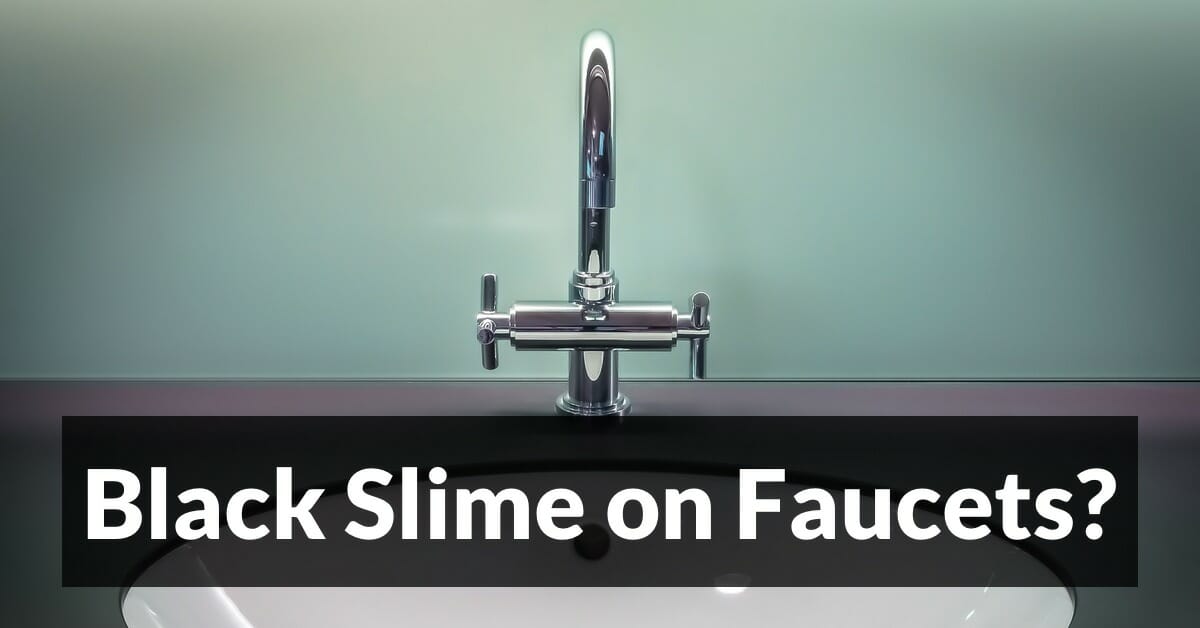 The black slime that grows in your bathroom is actually a biofilm, which is a thin layer of microorganisms that form on surfaces in wet and damp environments. These microorganisms, including bacteria and fungi, thrive in warm and moist conditions, making your bathroom the perfect breeding ground. The biofilm starts as a thin, invisible layer, but over time it can accumulate and become visible as the black slime that we see.
The black slime that grows in your bathroom is actually a biofilm, which is a thin layer of microorganisms that form on surfaces in wet and damp environments. These microorganisms, including bacteria and fungi, thrive in warm and moist conditions, making your bathroom the perfect breeding ground. The biofilm starts as a thin, invisible layer, but over time it can accumulate and become visible as the black slime that we see.
How it Affects Your Bathroom
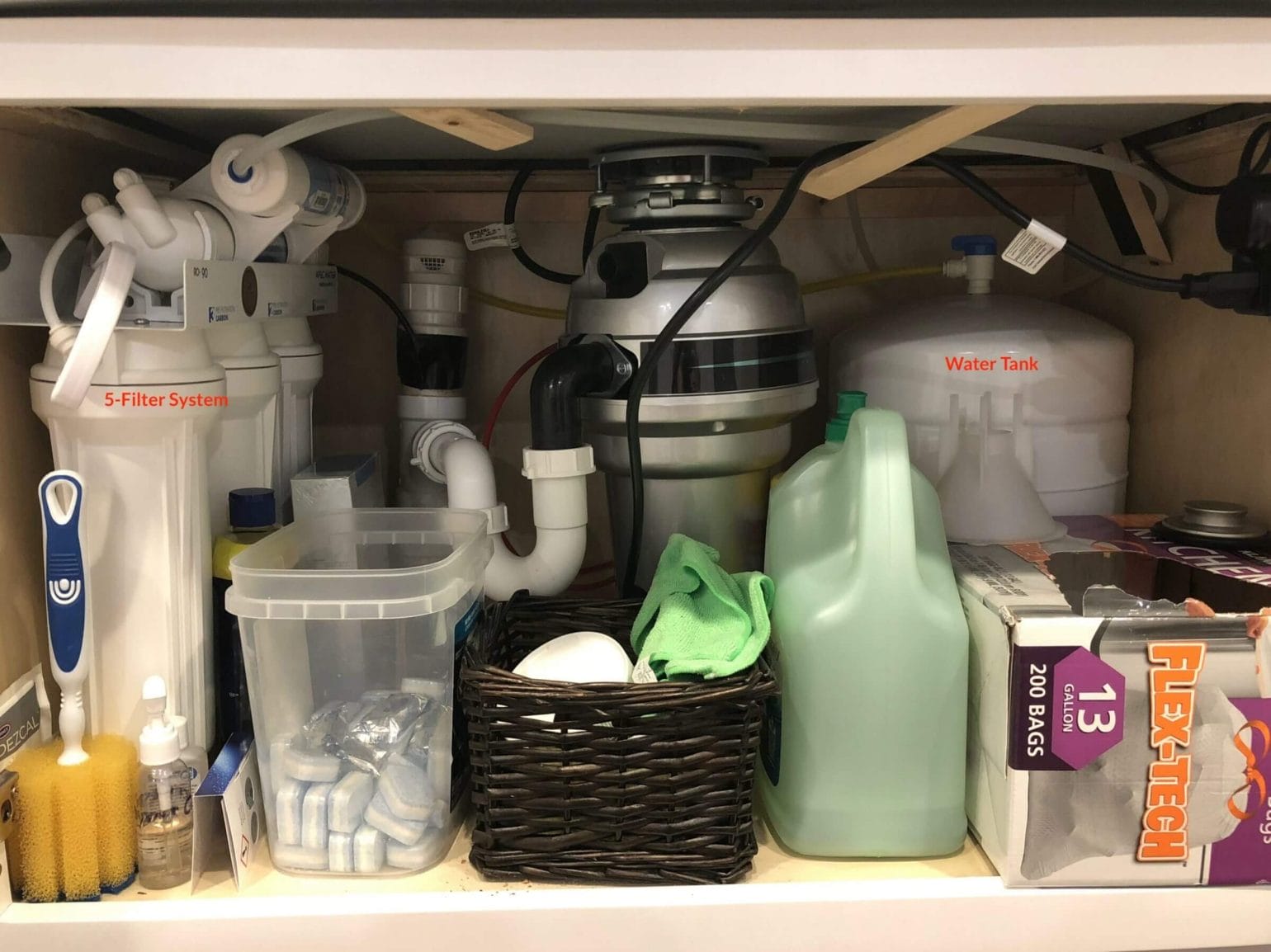 Aside from its unappealing appearance, black slime can also cause damage to your bathroom fixtures. The biofilm can corrode metal components in your sink faucet and toilet, leading to leaks and potential repairs. It can also clog pipes and drains, causing water to back up and create unpleasant odors. Furthermore, the microorganisms in the biofilm can be harmful to your health, especially for those with allergies or respiratory issues.
Aside from its unappealing appearance, black slime can also cause damage to your bathroom fixtures. The biofilm can corrode metal components in your sink faucet and toilet, leading to leaks and potential repairs. It can also clog pipes and drains, causing water to back up and create unpleasant odors. Furthermore, the microorganisms in the biofilm can be harmful to your health, especially for those with allergies or respiratory issues.
Preventing and Treating Black Slime
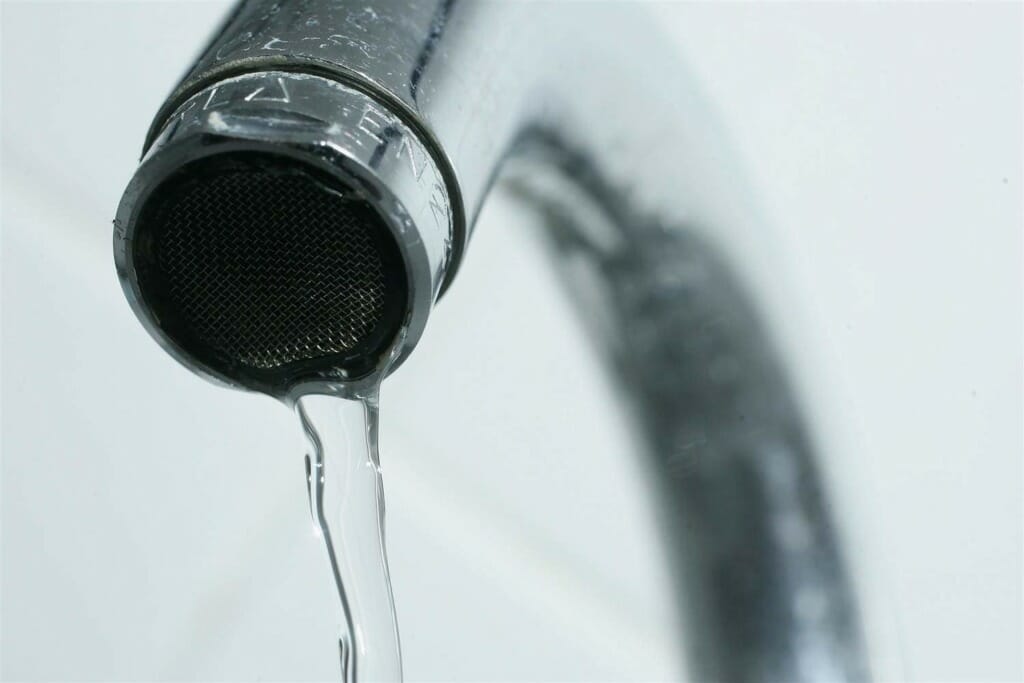 The best way to combat black slime in your bathroom is through prevention. Regularly cleaning and disinfecting your bathroom can help prevent the growth of biofilm. Pay extra attention to areas that are prone to moisture, such as around the sink faucet and toilet. Using a mixture of vinegar and water can be an effective and natural way to remove and prevent black slime.
If you already have black slime in your bathroom, there are several ways to treat it. There are many commercial cleaners specifically designed to target biofilm, or you can opt for a natural solution such as baking soda and lemon juice. It is important to regularly clean and disinfect to prevent the black slime from returning.
The best way to combat black slime in your bathroom is through prevention. Regularly cleaning and disinfecting your bathroom can help prevent the growth of biofilm. Pay extra attention to areas that are prone to moisture, such as around the sink faucet and toilet. Using a mixture of vinegar and water can be an effective and natural way to remove and prevent black slime.
If you already have black slime in your bathroom, there are several ways to treat it. There are many commercial cleaners specifically designed to target biofilm, or you can opt for a natural solution such as baking soda and lemon juice. It is important to regularly clean and disinfect to prevent the black slime from returning.
The Importance of a Clean and Healthy Bathroom
 A clean and well-maintained bathroom not only looks better, but it also promotes a healthy and hygienic environment for you and your family. By understanding the causes and effects of black slime, you can take the necessary steps to prevent and treat it. Regular cleaning and maintenance can go a long way in keeping your bathroom free from black slime and other potential issues. So, say goodbye to the battle against black slime and hello to a beautiful and healthy bathroom!
A clean and well-maintained bathroom not only looks better, but it also promotes a healthy and hygienic environment for you and your family. By understanding the causes and effects of black slime, you can take the necessary steps to prevent and treat it. Regular cleaning and maintenance can go a long way in keeping your bathroom free from black slime and other potential issues. So, say goodbye to the battle against black slime and hello to a beautiful and healthy bathroom!









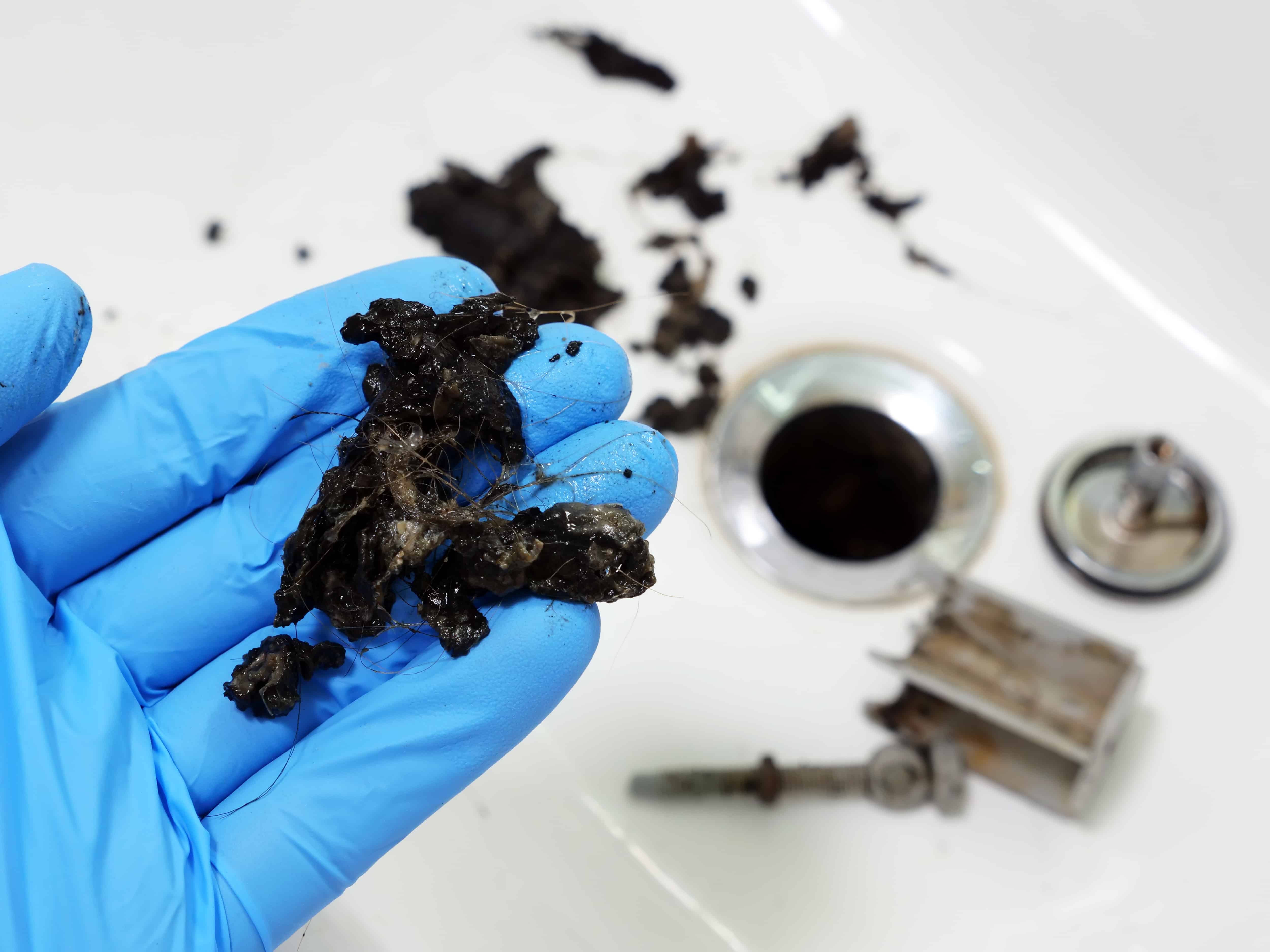





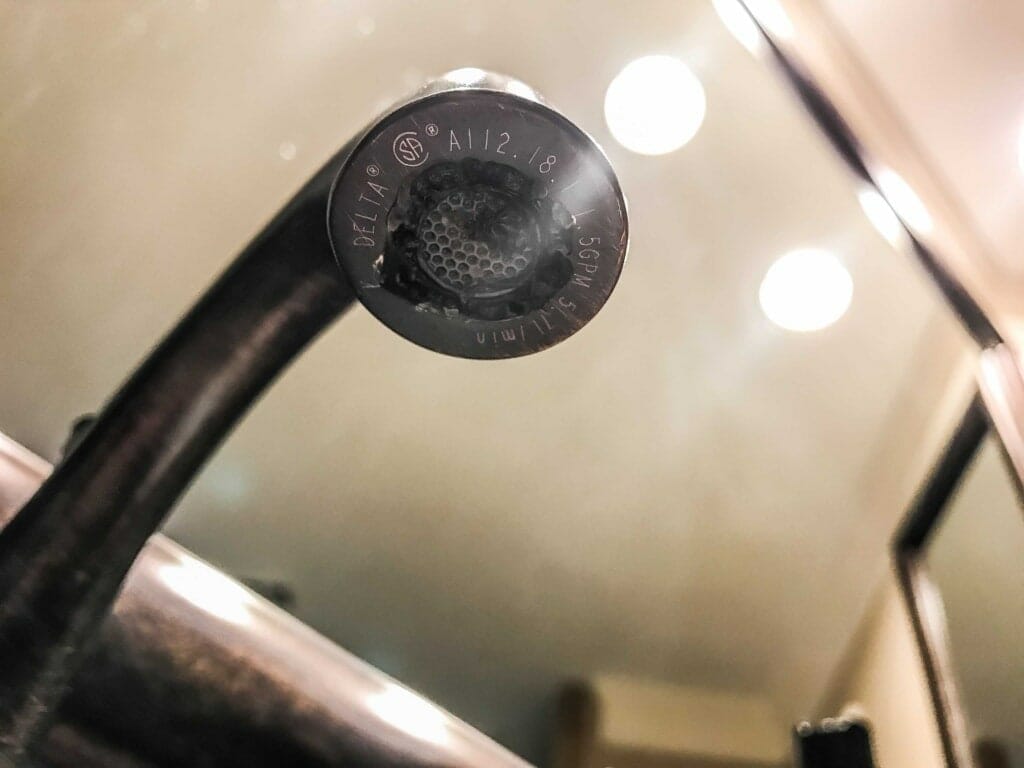

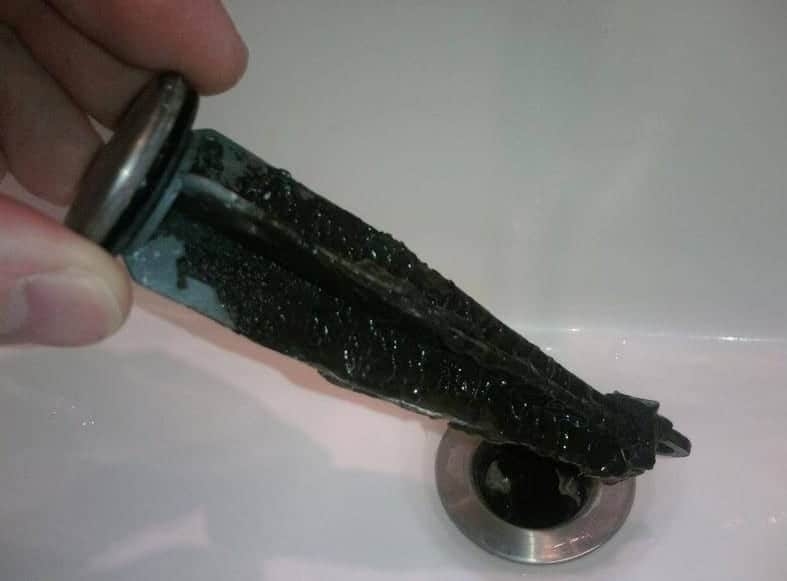










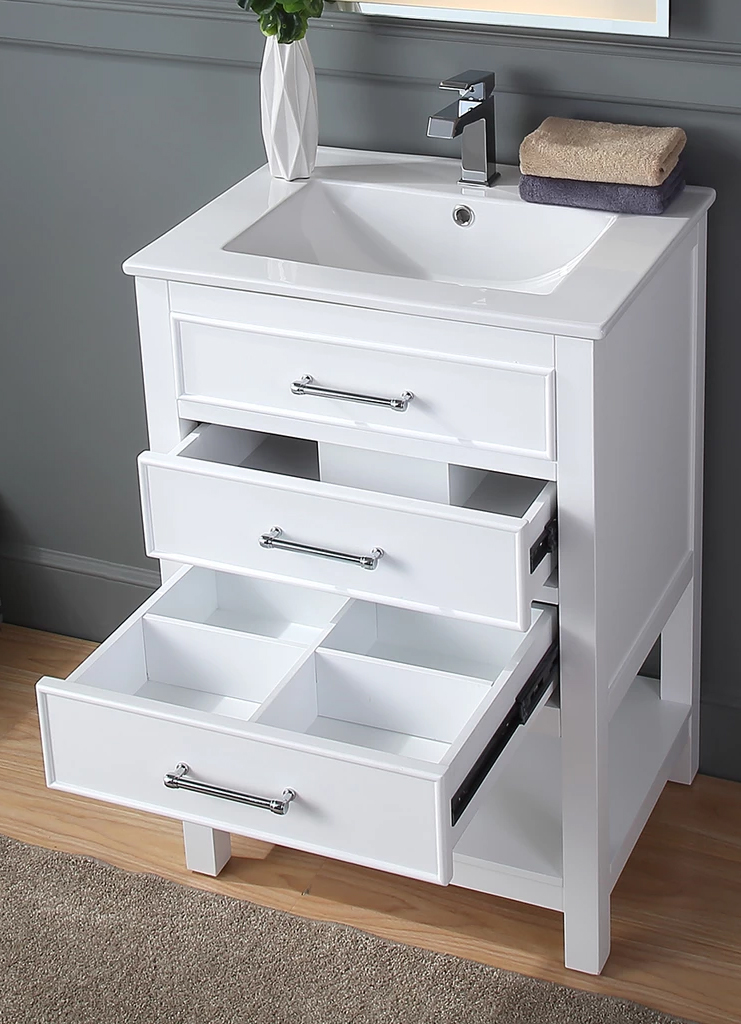



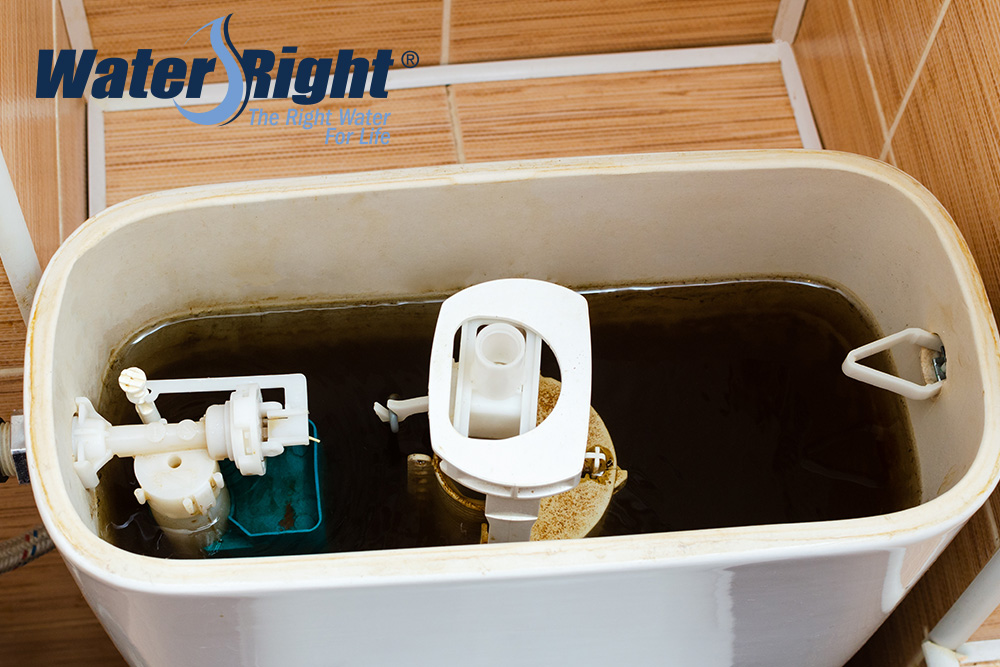







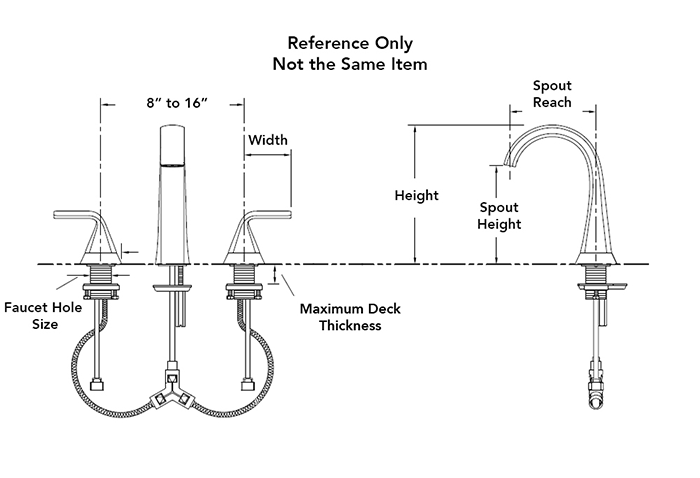












:max_bytes(150000):strip_icc()/how-to-clean-a-sink-faucet-1900294-02-40f1a01ad9bc4c44b829e64567ae3340.jpg)
